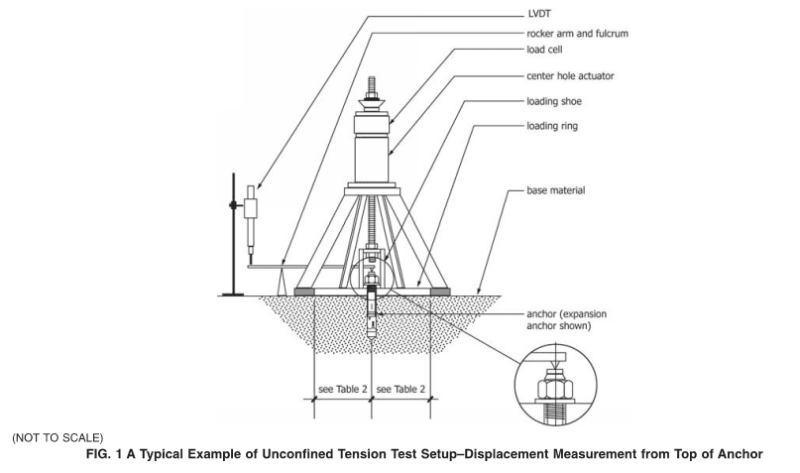jk2017
Structural
- Jun 23, 2020
- 17
Hi all,
A contractor for a reno job I'm working on wants to hang ductwork by chipping away at an existing slab and hooking the ductwork off existing rebar. Has anyone encountered something like this before and have watch-it's/opinions? The ductwork is very light, to note. I told him I'd look into it but that we much preferred they use typical HILTI anchors, of which we have already approved. For reference, the existing structure is cindercrete with draped rebar from the 1920's (encased steel beams provide the main gravity support).
A contractor for a reno job I'm working on wants to hang ductwork by chipping away at an existing slab and hooking the ductwork off existing rebar. Has anyone encountered something like this before and have watch-it's/opinions? The ductwork is very light, to note. I told him I'd look into it but that we much preferred they use typical HILTI anchors, of which we have already approved. For reference, the existing structure is cindercrete with draped rebar from the 1920's (encased steel beams provide the main gravity support).



